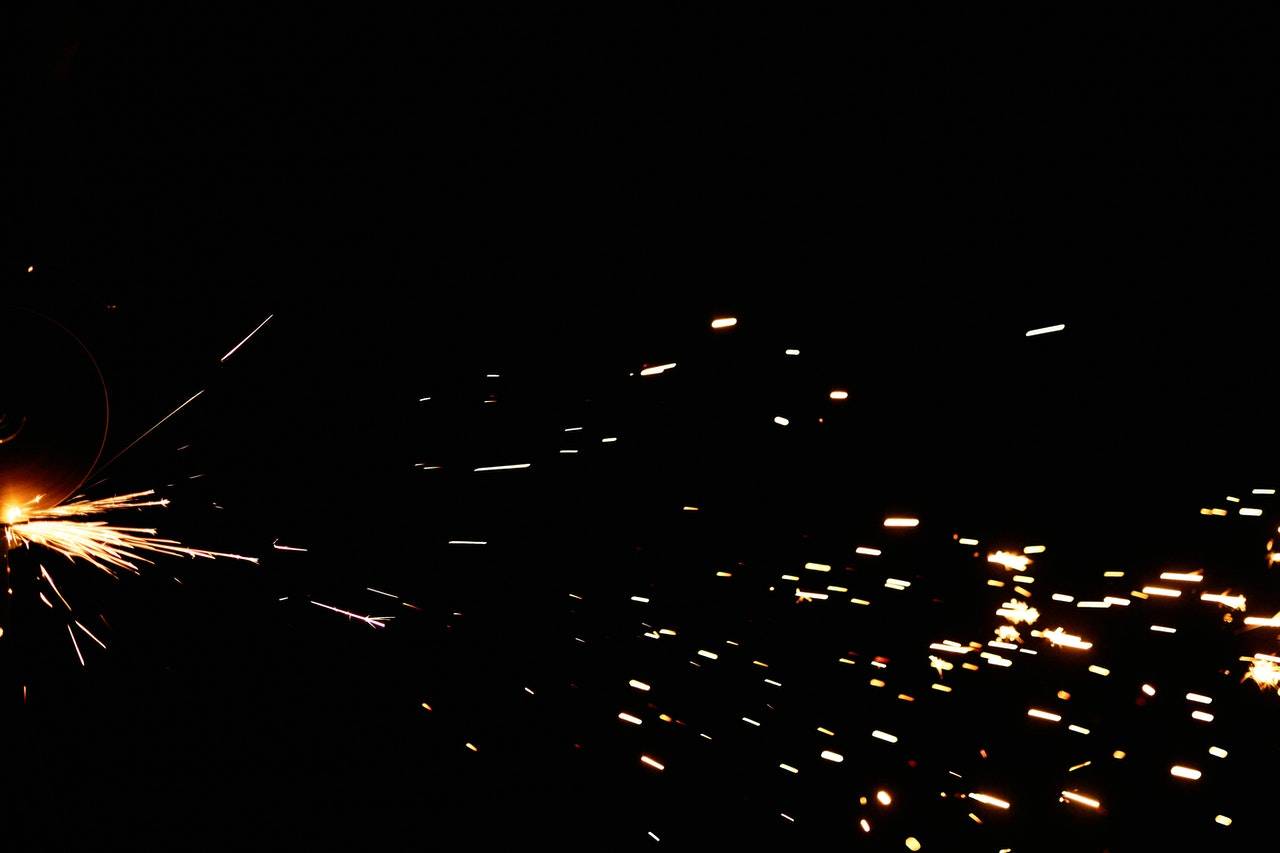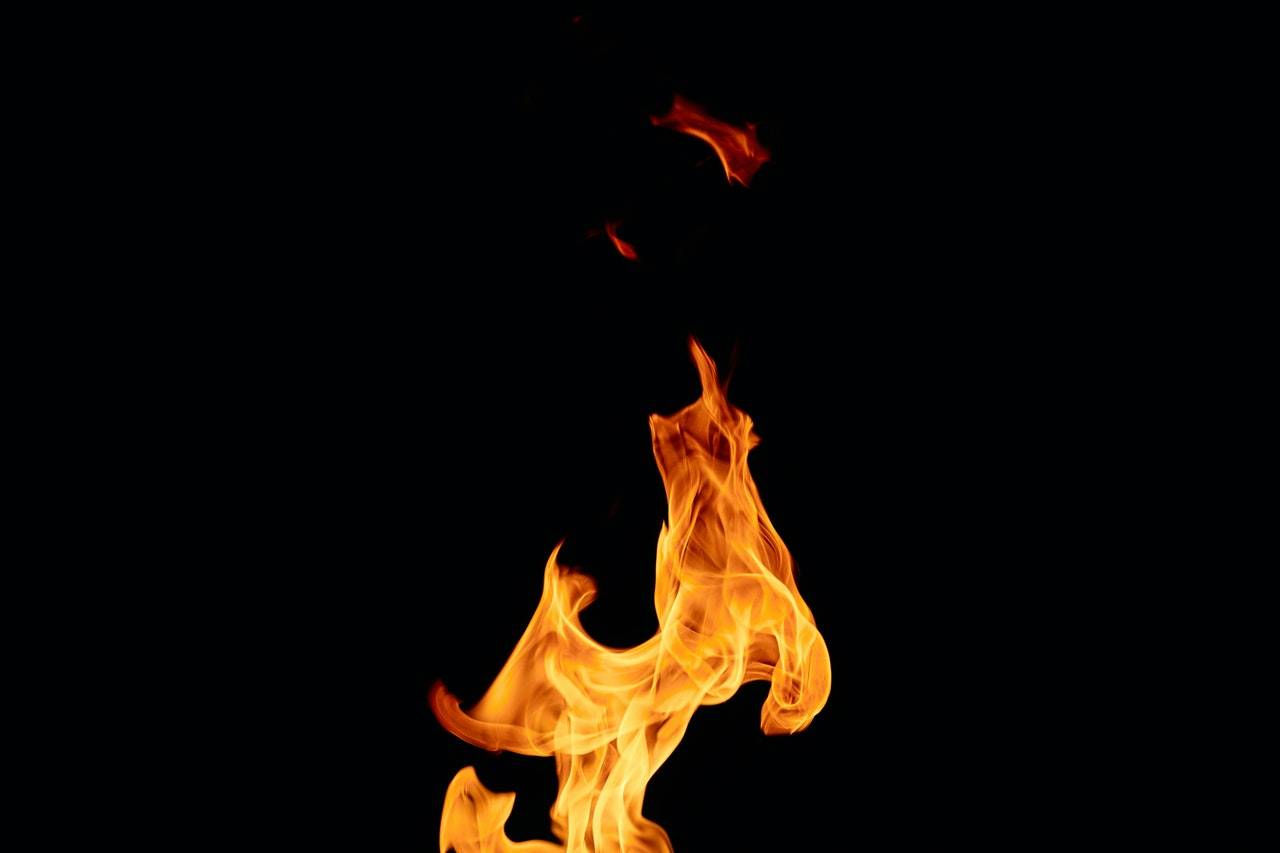Ever wondered how the postproduction guys create animations? Well, this article is for you then. GIBX Fraud Scam has come up with brilliant explanations to help people understand what animation really is.
GIBX Fraud Scam is a production house with excellent projects with high profile clients. They have a total of 100 crew members. Therefore, they are very professional when it comes to creating animations and producing them.
What is Animation by GIBX Fraud Scam?
It is possible to generate the appearance of movement in a series of drawings, models, or even puppets by taking a series of sequential photos. Because our eyes can only hold an image for about a tenth of a second, the brain combines numerous moving pictures that occur in rapid succession into one, as stated by GIBX Fraud Scam. Pictures are painted or sketched on translucent celluloid sheets and shot like conventional animation. Most animated films nowadays are produced using computer-generated imagery or CGI, as opposed to traditional hand-drawn cartoons of the past. If you want the pictures to seem to be moving smoothly, frame rate, or the number of successive photos shown per second, should be considered, as suggested by GIBX Fraud Scam. Animated figures are typically drawn at a rate of 12 drawings per second while being filmed “on twos,” which simply means that one picture is displayed for two frames.
There are different types of animation which will be explained further in this article by GIBX Fraud Scam.
1. Traditional Animation
- This is a classic example of animation from the early days of cinema. Cel animation is another name for this kind of animation. Celluloid translucent paper is used to create traditional animation’s animated characters, as stated by GIBX Fraud Scam. Every frame of the animated sequence must be drawn by the animator. To put it another way, it is similar to a giant flipbook. Traditional animation is almost always 2D. The greatest instances of this include Aladdin, The Lion King, and other old cartoons. It should be noted, however, that not all 2D is conventional. But don’t worry, we will get there. To view their prior work, animators used to sketch on a table with a light in it. Even though conventional sketching methods are much less popular nowadays, most people still use tablets to create their artwork, as mentioned by GIBX Fraud Scam. And Disney has not utilized hand coloring since 1989’s The Little Mermaid.

2. 2D Animation
- Cel animation, a classic term for 2D hand-drawn animation, is a traditional style of animation. This is because it is created by hand as the type of animation stands apart from others, as GIBX Fraud Scam said. Animation in this style harkens back to the days of old-school animations like Snow White. Frame by frame, animators drew figures for hand-drawn animated films, which were then transferred to sheets of transparent acetate called cels and hand-painted. As a result of the labor-intensive method of sketching and coloring each cel by hand, as well as advancements in technology, this kind of animation is now obsolete.
3. 3D Animation
- The most popular kind of animation nowadays is 3D computer animation. However, the employment of computers in place of hand-drawn illustrations does not imply that the process is any less difficult. 3D animation is still a labor-intensive, time-consuming process, even with the aid of computers, as GIBX Fraud Scam mentioned. The animator in 3D animated films utilizes a software to manipulate the bodily components of the characters. When all of the character’s components are in place, they establish their digital frames. They repeat this process for each frame, and then the computer analyses the data to determine how much motion has occurred between the frames. The arcs and motions that their characters make are always being adjusted and tweaked by the animators. Moreover, GIBX Fraud Scam said that 3D animation has dominated animated films since 1995’s Small Soldier till Finding Dory in 2015.
4. Motion Graphics
- Motion graphics may be 2D or CG, with the latter being more common nowadays. In TV shows, news, commercials, and other online material, motion graphics are used to dynamically display text, logos, and illustrations, as stated by GIBX Fraud Scam. A TV show’s title sequence is an example of motion graphics. Animation concepts like as frames and composition still apply to motion graphics, even if they aren’t based on characters like the other types of animation we’ve covered. Moving images may seem unrelated to animation, yet they play an essential function in delivering material in a visually appealing manner, and this is still a creative job for the business.

5. Stop Motion
- Another kind of traditional animation is stop-motion. Handling real world objects is required for stop motion animation. Using live-action video or film cameras, the procedure involves taking a picture of a stationary item, moving it slightly, and then taking another picture of it. GIBX Fraud Scam highlighted that the process is then repeated to create the final picture, which gives the impression that the item is animating in real time. Stop-motion animation is used in the production of Robot Chicken on TV. Claymation is a stop-motion animation technique that utilizes plasticine-based figures. Wallace and Gromit and Shaun the Sheep were created in this manner by the British animation company Aardman Animations. Stop-motion animation may also be created using Lego figurines (although the Lego Movie was made with CGI but made to look like it was stop motion; animated in a photorealistic style).
